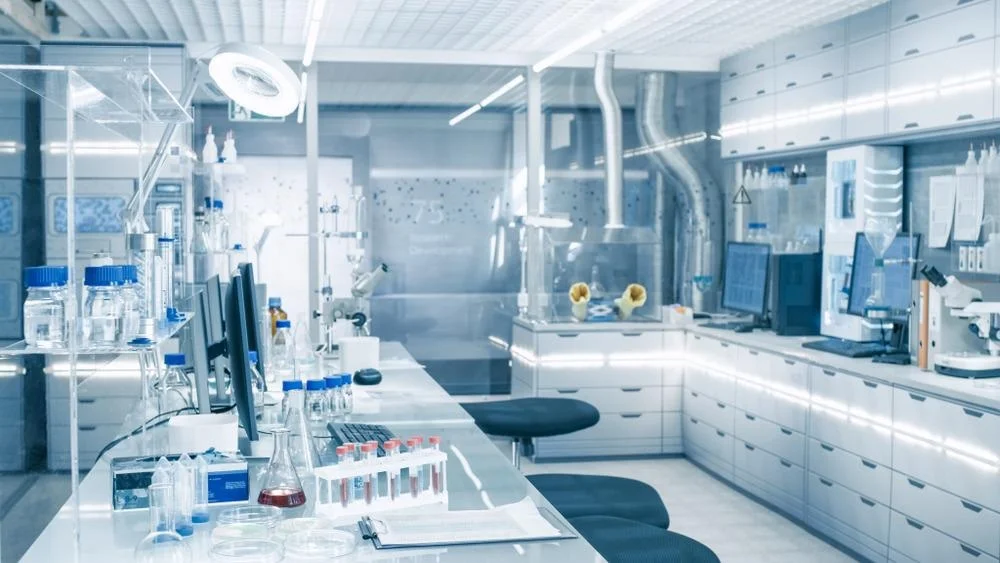DIN 38407 Determination of Organic Compounds in Groundwater by GC
The DIN 38407 standard is a comprehensive guideline for the determination of organic compounds in groundwater using gas chromatography (GC). This method is crucial for ensuring water quality and compliance with environmental regulations. The procedure involves several key steps, including sample collection, preparation, analysis, and interpretation.
Sample collection is critical to ensure that the results accurately reflect the composition of the groundwater. Samples should be taken from multiple points in the aquifer, considering both surface and deep levels. Proper sealing of containers during transport and storage ensures that no contamination occurs before testing.
Preparation involves thorough analysis using extraction techniques such as liquid-liquid or solid-phase micro-extraction (SPME). This step is vital because it affects the sensitivity and reliability of the GC analysis. Extraction efficiency must be optimized to ensure that all target compounds are captured for analysis.
The heart of the DIN 38407 method lies in the gas chromatography process itself. The sample is injected into a capillary column, which separates the different organic compounds based on their physical and chemical properties. A carrier gas such as helium or nitrogen flows through the column at controlled temperature conditions to facilitate separation.
The separated compounds then enter an electron capture detector (ECD) or flame ionization detector (FID), depending on the specific compounds being analyzed. These detectors measure the concentration of each compound in the sample, providing quantitative data that can be used for further analysis and reporting.
Interpretation involves comparing the obtained results against established reference values and acceptable limits defined by regulatory bodies like the World Health Organization (WHO) or national standards such as DIN 38407. This step is crucial for determining whether the groundwater meets quality standards necessary for safe use in various applications.
The DIN 38407 method ensures high precision and accuracy, which are essential for reliable environmental monitoring and compliance with international standards. It plays a vital role in safeguarding public health by identifying potential contaminants early on.
| Applied Standards |
|---|
| DIN 38407, ISO 14652-2, ASTM D7390 |
Frequently Asked Questions
Eurolab Advantages
Eurolab offers unparalleled expertise and advanced technology in executing the DIN 38407 method. Our team of experienced scientists ensures precise sample preparation, reliable GC analysis, and accurate interpretation of results.
We employ cutting-edge instrumentation that guarantees consistent performance, minimizing variability and ensuring repeatable outcomes. Our commitment to quality is reflected in our ISO/IEC 17025 accreditation, which aligns with international standards for calibration laboratories.
Our services extend beyond mere analysis; we also provide comprehensive reports tailored to meet the specific needs of our clients. Whether you require detailed technical documentation or executive summaries, Eurolab can deliver precisely what is needed.
Environmental and Sustainability Contributions
The determination of organic compounds in groundwater through DIN 38407 significantly contributes to environmental protection and sustainability. By identifying potential hazards early, this method enables proactive measures that prevent water contamination.
This approach supports sustainable development goals by ensuring safe drinking water supplies and protecting ecosystems dependent on clean groundwater sources. Additionally, it fosters responsible resource management practices that promote long-term ecological balance.





